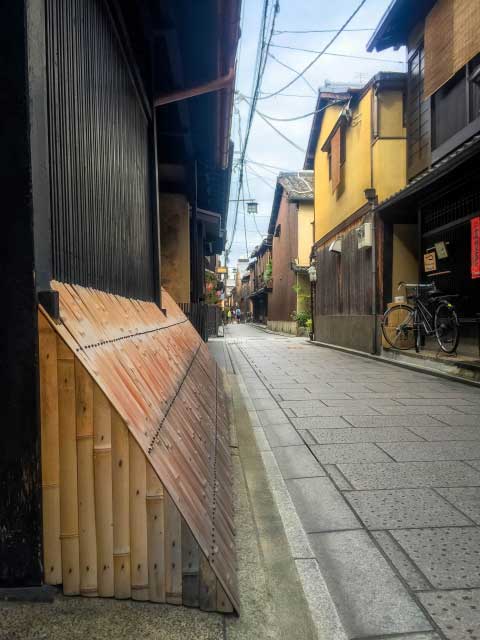Machiya Restoration

Kyoto is probably the only major Japanese city with so many standing wooden structures. And these wooden homes and offices called machiya are one of the main charms of strolling through the Old Capital.
Starting in the 1960's, machiya townhouses were disappearing at an increasing rate. The reasons for the destruction of what many regard to be one of Kyoto's finest attractions - its old sense of character - were many and varied.
First and foremost, many people simply don't want to live in a machiya: they want something brighter, bigger and more comfortable. Another reason is Japan's heavy inheritance tax, which makes it very difficult to avoid selling a property when the owner dies. Another reason is the high cost of maintaining or restoring a machiya property. But not all was lost. There are still plenty of machiya, and some of them are sure to survive for a long, long time, thanks in part to the advent of Airbnb, with many prospective landlords converting their machiya into guesthouses and apartments for the increasing numbers of foreign visitors to Kyoto.
According to a huge survey done by a volunteer organization trying to preserve machiya, there are about 20,000 machiya left in downtown Kyoto. Of this total, 3% were built in the Edo Period (1600-1868), 24% in the Meiji Period (1868-1912), 21% in the Taisho Period (1912-1926), 29% in the early Showa Period (1926-1940), and 13% after the war. Nearly 50% of machiya in the downtown area are still used as resid...
Fuente de la noticia:
japan visitor
URL de la Fuente:
http://japanvisitor.blogspot.com/
| -------------------------------- |
| 7 Bizarre JAPANESE FOODs You Might want to Try #2 [Japan Guide] |
|
|





